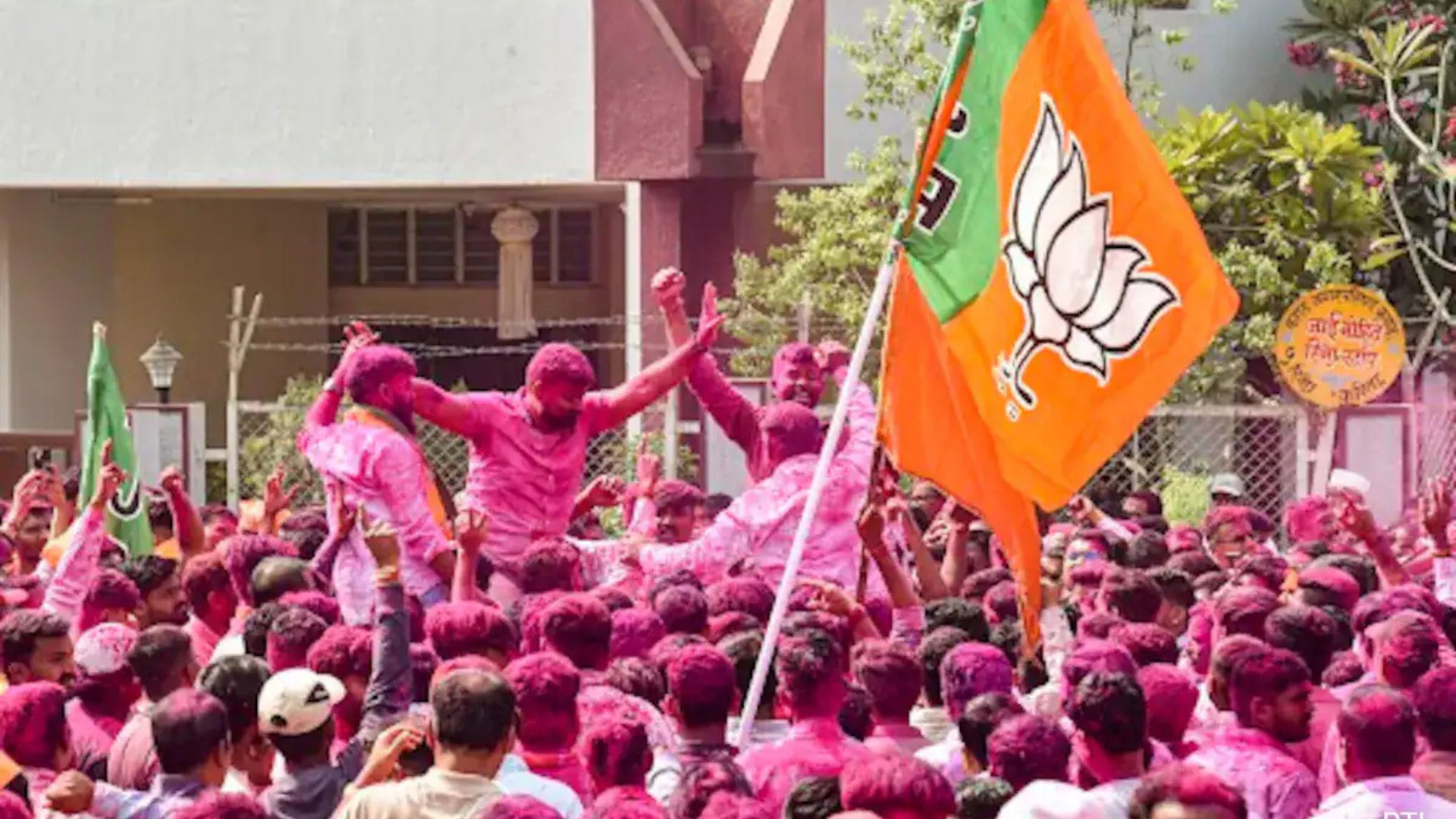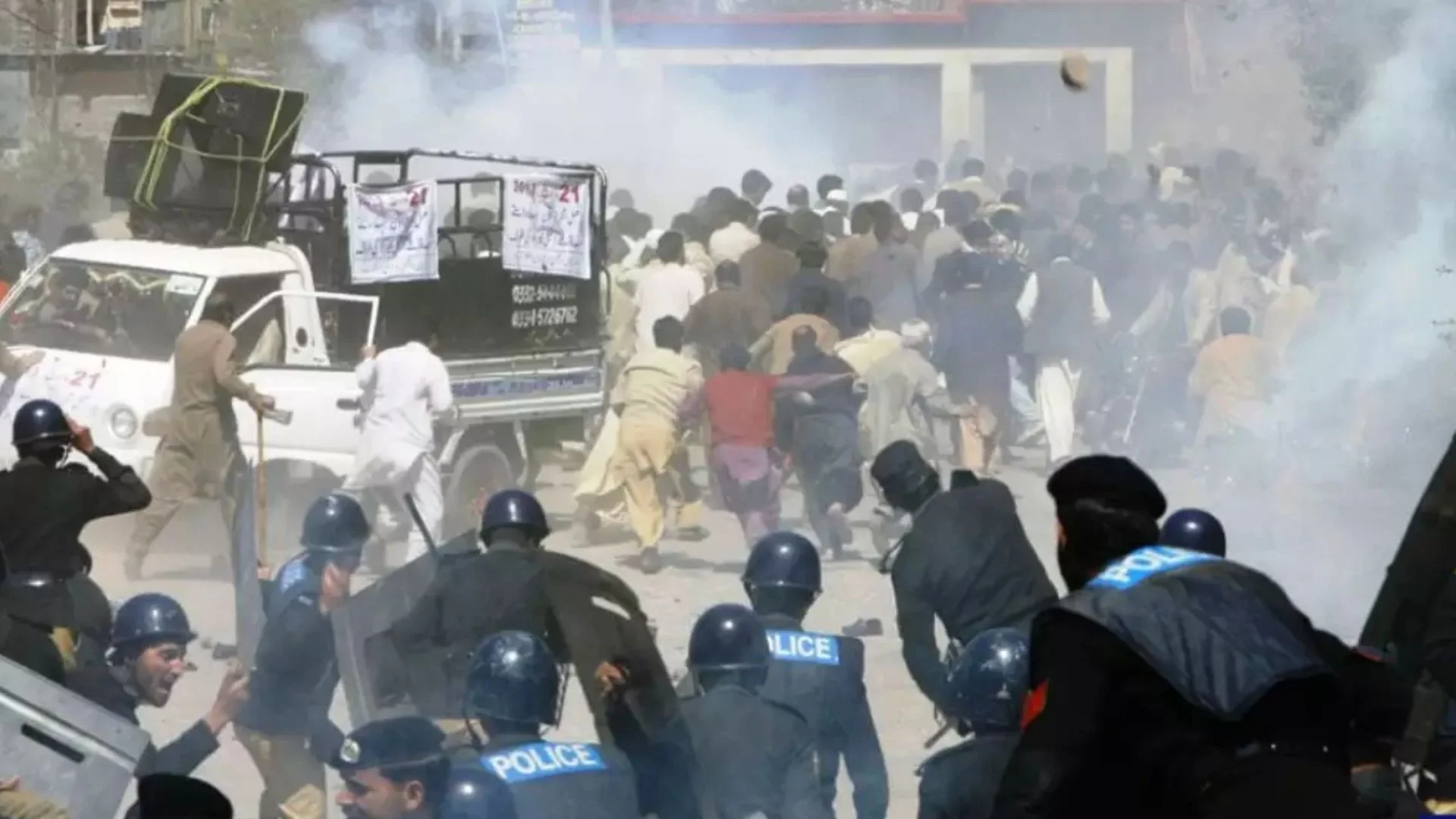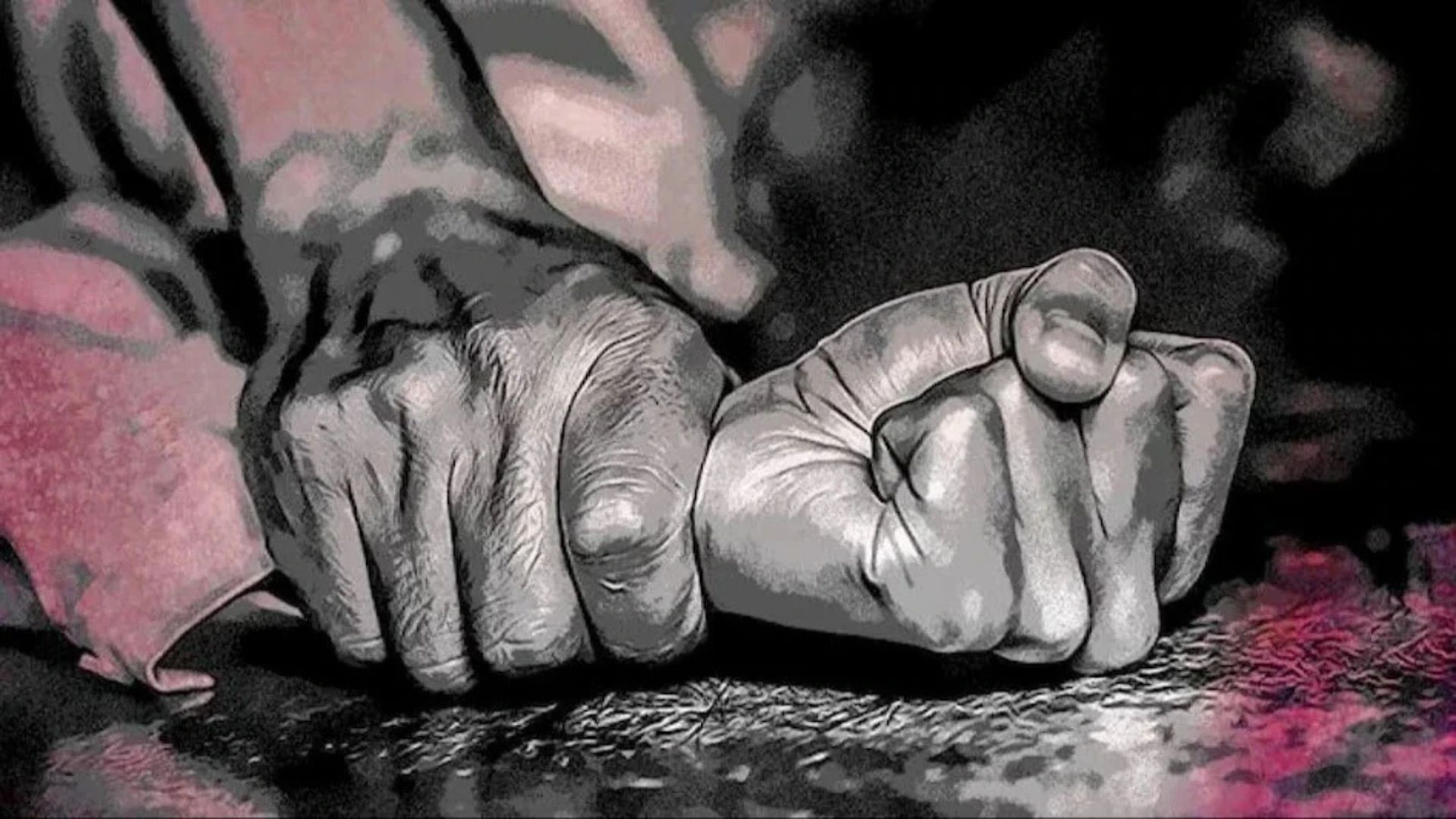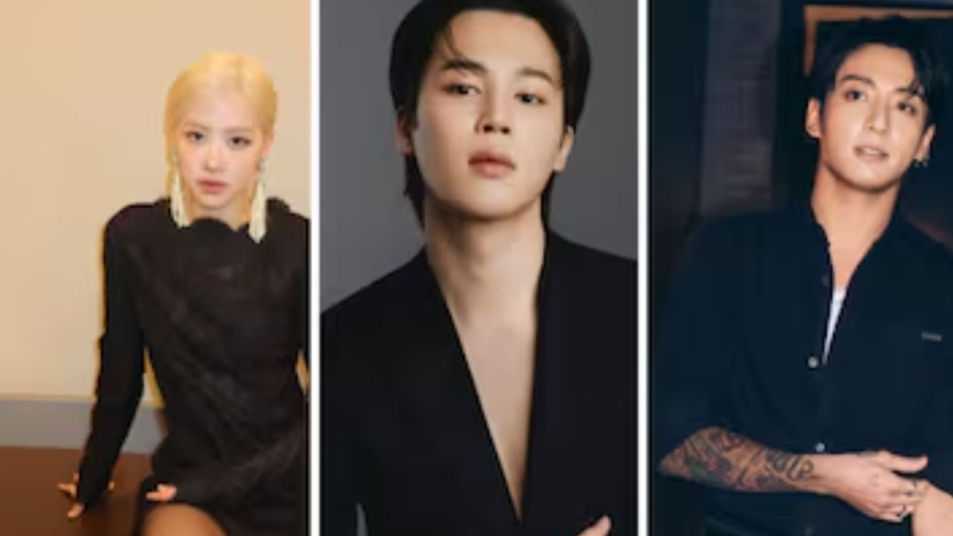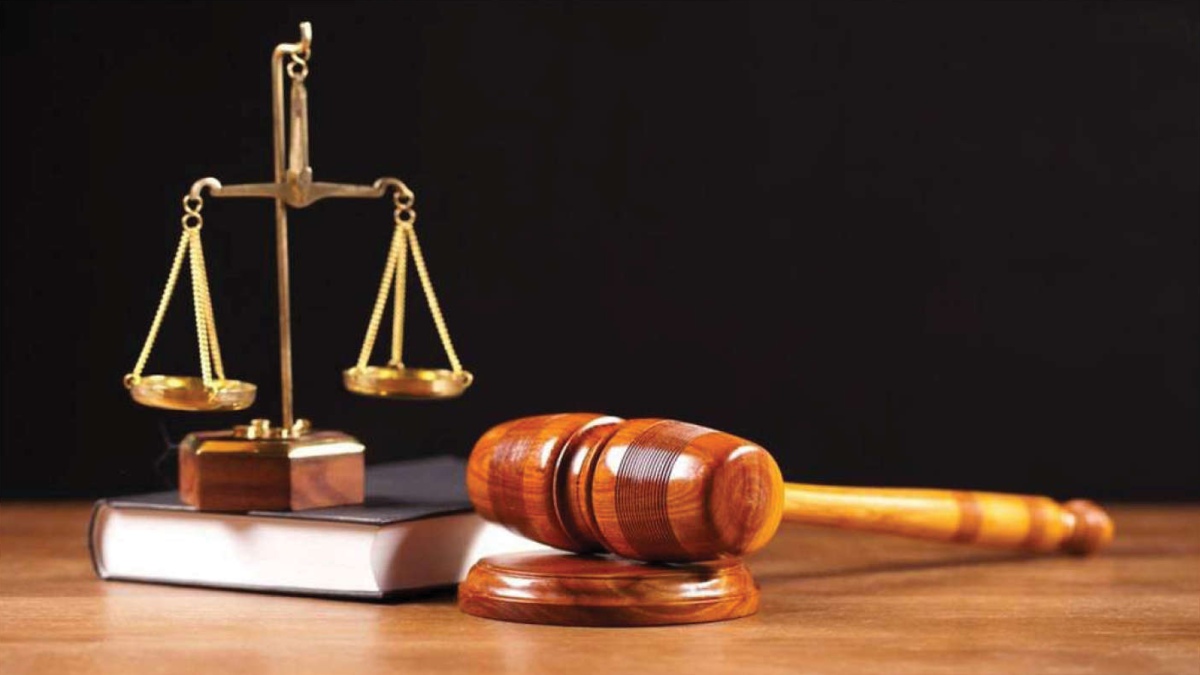
ABSTRACT
Fashion law is an inherent aspect of Indian culture. It is a lawful field that emerges throughout the life of a cloth piece or design frill. Some crucial issues in fashion law which arise are infringement, copyright issues, incorporated protected innovation, and business. Fashion houses and designers face different problems explicit to the industries. This comprehends the circumstances and creates hindrances to licensed innovation security. Thus fashion law is a new claim to the territory of training, it is picking up force and is making efforts to significant concentration. One in the fashion industry needs to take comprehensive shields under different enactments to get comprehensive security. The fashion industry has different provisions of law and conventional laws for the security of intellectual property rights. The customers who buy clothes or accessories from the fashion industry are also a part of this industry. This article will discuss all the necessary involvements of the fashion industry with examples, legal protection, virtual reality, and many more.
Keywords: fashion industry, fashion markets, copyright, ownership, infringement, property rights, fashion, designs, protection
INTRODUCTION
The fashion industry is said to be an apparel industry that brings trillions of dollars annually and it is a very known fact. The fashion industry employs millions of different people around the world where the tacit contribution of fashion goes unnoticed. Fashion has a broad spectrum of categories which has become a global phenomenon. Before clothes and jewelry were only made for the use of other practical purposes but now amongst the influencers and beauty gurus, the apparel industry. This is a manifestation of self-identity. This has become an expression of purity or aesthetic and transcends mere utility. After doing so much, the fashion industry remains weak with the legal protection offered. Fashion law has few requirements which arise from a fact known as “sui generis” because the fashion industry is far-ranging and is not limited to intellectual property such as trademarks and copyrights.
INDIA: LEGAL PROTECTION GIVEN IN OUR COUNTRY
Anyone can avail themselves of different forms of protection for their fashion-related works. If we talk about the intellectual property acts of the country, although some are frequently amended, some important areas do not clear the issues that come up in the fashion and apparel industry. We can take an example of visual appeal which cannot be granted any protection. In India, the fashion industry is unique and has handloom creators. The intellectual property rights of India protect different components of fashion. The Designs Act, 2000 protected the registered designs of fashion. If any proprietor claims himself to be the proprietor of a new design or his original design, has to send an application for the registration of such design . However, according to the Copyright Act, 1957, the registration of design and copyright over a particular article cannot co-exist .
If we look very carefully, we find that there are no copyright laws or any design act which gives full protection to all the creators in the fashion industry. The Copyright Act only protects the original and own work of the artist and the Designs Act works to protect the industrial application of the particular design .
EXISTING PROTECTION OFFERED TO FASHION: PROBLEMS AND THEIR OCCURRENCE
Dynamism is a crucial factor or component of the fashion industry. The fashion industry is constantly changing and is coming up with new trends now and then and with new artistic works. Every fashion house releases plenty of articles in a year to be successful. Keep this situation in mind, the registration requirements under different acts like designs act, copyright acts, or IP acts can pose as an encumbrance because it is very time-consuming. The registration procedure takes a long time and without proper and legal registration, no such protection is offered. Thus, the danger of the artistic work of the creator is being exploited in a way chosen by the creator looms large. The fashion industry also undergoes a lot of damage. When the pecuniary damages come to fashion dispute, it usually does not exceed Rs 50,000 but the threshold has to be altered immediately. Thus, the value of all the fashion articles gets undermined, especially the luxury ones which are subject to litigation. There is a huge problem in the fashion industry. If the main design is copied from a fashion industry but the patterns and garments which are used are mutated. This creates the work impression of the person not copied or infringed. This as a result seeks the remedies for piracy under the present legislation.
KNOCKOFFS: IS IT A PROBLEM?
Let us talk about a local Kanchipuram Saree artisan. So as it is known to most of us, this saree work is copied by large fashion markets and houses and sold on a larger scale. The local handloom manufacturers or creators lack certain resources to secure the IP protection of their fashion work. In addition to the local handloom creators, these local people do not have additional resources or materials which will secure IP protection. Thus for them, a small loss in income can result in the shutting down of their entire business because they cannot compete with premium fashion markets. No one will appreciate the fact that they are themselves the real owners of the designs only because they are local and the latter is a big fashion store with so many customers. The local handlooms exist in abundance in India and all-around the year contributes to the fashion industry. Our country needs proper holistic legislation which will protect the work and will not push them to the right to exploitation. Their right can be enforced in the cases of piracy.
The well-known and famous street shopping in Sarojini Nagar in Delhi is quite popular. The clothes found in those shops are of pretty good quality at reasonable prices. Even street shopping in Linking road in Mumbai is also very much popular. Every block there in Mumbai or Delhi has knockoffs that are sold for one-third or very less than the original. In today’s times, consumerism and technology are always together and Instagram and Facebook stores have also come up where people are doing online business through these sites. Luxury knockoff items are sold at throwaway prices. It is very much difficult to initiate a suit against every knockoff. However, if litigation is commenced against every knockoff, it will take long years to conclude the case. So, it is not possible to apply for legal remedies against knockoffs. Moreover, the legal ecosystem must be strengthened with strong laws, especially for the fashion industry.
ANALYZING PANDEMIC TIME FASHION LAW
The promotional fashion shoots, photographs, and fashion activities are sine qua non for the operation of the fashion industry. As the pandemic struck the country, everyone was sitting in their homes. But the fashion shoots still went on. The fashion industry and people have come up with photoshoots at their homes themselves instead of studios. The fashion industry is rising in novel and innovative ways with self-shot editorials known as “FaceTime Shoots “ . This is said that fashion shoots through virtual reality and artificial intelligence . This has given rise to digital promotion. Different statements regarding the protection of IP are being raised afforded to the new status quo.
The first question which comes to mind regarding these collaborative efforts is copyright law and authorship. As such a position has given rise to some debates, it is pertinent that the subjects of the photographs are not collaborators who are participating in the shoots. Difference between the authorship and ownership Qua copyright law is very different. This understands the law’s nuance in protecting all the subjects of the photograph.
Indian copyright allows for joint authorship in the fashion industry. Such a question was raised before the courts in the landmark case judgment Najma Heptullah v. Orient Longman Ltd . This held that these contributions are a result of intellectual collaboration. When joint authorship came into form, there were no specific criteria for the same. It is considered to be a nascent form or part of the copyright law.
VIRTUAL REALITY: IMPORTANCE IN FASHION LAW AND IPR?
Virtual reality in the fashion industry has solved the problems of different creators who are not able to attend fashion shows in person. A stimulation akin to fashion shows can be viewed by people through VR. There was a collaboration between Tommy Hilfiger and Zendaya which was displayed through VR experience in 2019. The use of virtual reality is very much limited to holding fashion shows which transports consumers to trial rooms and social settings are stimulated to the better consumer experience.
Virtual reality is accompanied by different IP problems which have a two-fold impact on the intellectual property rights of different fashion markets. The fashion houses employ virtual reality: firstly VR helps to detect the unlawful and unauthorized usages of the trademark of fashion house or copyright over fashion articles. Secondly, it is very difficult to investigate whether a trademark exists on other VR platforms or not. As virtual reality does not have any kind of search engine, the possibility of Infringement increases and makes it very difficult to conduct equivalent searches.
Please read concluding on link4din.com/guardians-numeric-wisdom
There is an asymmetry of bargaining power between the fashion houses and retailers where the fashion house articles are being sold via virtual reality. In this, the possibility of disparagement increases in the instance of VR sales and marketing.
Further complex questions of ownership may come up. The contents which are created by the VR platform owned by the VR platforms convert the work given to them by the big fashion houses, arising whether the work was derivative? Or whether the work remains in the ownership of the fashion house? Such terms are negotiated between fashion houses and VR platforms which deal that the ownership of the work lies with the fashion house in the license agreement. In collaborative efforts, authorship and ownership should be delineated in the agreement terms.
Influencer law In India
The content of the influencer is known to all. Influencers are the people over social media who create different reels or videos and influence the people who are watching them. The latest promotion and paid partnerships are mostly done by the social media influencers known as “influencer marketing”. In this agreement, the influencer receives products from the brand free of cost and promotes the products over social media through various means. Previously, only celebrities were brand ambassadors of a particular brand and created advertisements and would take paid partnerships and sponsorship agreements. Now, new influencers are coming like Instagram Reels influencers, or YouTube creators and are signing brand ambassador deals.
However, there are certain regulations to implement these influencers and to fix their liability in the Consumer Protection Act, 2019, Central Consumer Protection Authority, Prevention of Misleading Advertisements for endorsement and guidelines, the 2020 Guidelines and Advertising Standards Council of India’s Code for Self-Regulation in Advertising .
The guidelines for the year 2020 are very important. It has imposed penalties for Misleading Advertisements and so the prosecution has been done against them. There is a code for self-regulation in advertising which maintains the following rules and regulations as well as the authenticity and actuality of the claims made in these advertisements by the influencers. The influencers are kept under the watch with such guidelines to protect the creators and customers.
The Fashion Foundation of India (FFI) has taken efforts to represent the leading designers of the fashion industry which takes up IP infringement issues affecting the industry. This is a legal cell that assists the design houses with IPR, arbitration, and licensing. There are other fashion industry organizations like the Fashion Design Council of India (FDCI) and the Apparels Export Promotion Council (AEPC). It helps in the protection of the intellectual property rights of the fashion industry and is involved in the analysis cell research programs. However, internal issues like exhausting procedural problems and cumbersome tasks take a huge time to solve a glitch.
To date, people find it very difficult to understand IPR. And smaller organizations still struggle for justice, so there is a need for proper legislation to regulate the trillion-dollar industry.
Conclusion
The fashion industry has a huge role in the life of each person and thus it is growing day by day. Thus, it is very crucial to implement strict and formal laws for such industries. The need for this program in fashion law can be accessed either by separate legislation. Existing legal mechanisms can be amended to make it more conducive to the fashion industry. In this industry, 80% of the fashion designers and fashion designs are not properly recognized so they must be included in the statutory provisions to provide them with their rights and protect them from infringement.
During the Covid 19, as people are left without jobs, the buying capacity has reduced which has boosted the knockoffs industry and other copies of luxury designs. So, the penalties have to be increased with the implementation of proper legislation so that the rights of the original creators are protected and not misused.

